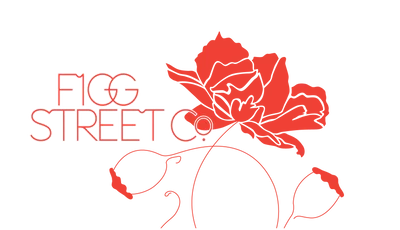What's up, Doc?
When I was growing up, my siblings and I enjoyed our Saturday morning treat: watching Looney Tunes together! I loved hearing Sylvester the Cat attempting to say, "Thufferin Thuccotash"! All the characters were fun in their own way and contributed to the various storylines: Elmer Fudd always trying so hard to catch Bugs Bunny, and the relationship between Tweety and Sylvester.
Looney Tunes is a long-running Warner Bros. franchise. The animations originally ran from 1930 to 1969, but were revived in the late 1970s and there've been re-runs on tv, cameo appearances and other revivals ever since. It's amazing to realize how many generations of people have enjoyed the antics of Daffy Duck, Road Runner, and Wile E. Coyote. "Meep meep!"
It's also incredible that animation remains with us today and is as popular as ever. Since the early days of this art form over a hundred years ago, many techniques have developed. We've seen hand-drawn or traditional animation, stop-motion, 3-D and computer-generated forms. In addition to drawings and cut-outs, clay, puppets, and other objects have been used in stop-motion animation. Picket-fence animation uses an overlay and an image underneath to create the illusion of movement. This is a technique Blackwing has used in its box of Volume 7 pencils.
As you may know, Blackwing devotes each of its volumes to a particular person, place, thing, cause or concept. Volume 7 is a tribute to animation. This storytelling medium has brought characters to life and allowed filmmaking to stretch itself. It seems animation is bounded only by the limits of our imagination.
Have you experienced this when drawing? The feeling of exploring an idea on paper that exceeds what you can do in real life? Perhaps it's the ability to fly or visit other planets.
Behind every animation is an artist who created the vision of a particular character, place and concept. A few impactful animators include:
- William Hanna and Joseph Barbera (Tom and Jerry, The Flintstones, Scooby-Doo)
- Nick Park (Wallace and Gromit, Chicken Run)
- Ikuko Itoh (Sailor Moon)
- John Lasseter (Toy Story, A Bug's Life, Frozen)
- Osamu Tezuka (Astro Boy; considered "the Godfather of Manga")
- Matt Groening (The Simpsons)
- Don Bluth (An American Tail, The Land Before Time)
- Chuck Jones (Looney Tunes, Merrie Melodies)
While the format of animation has evolved over the decades, so, too, has the content. Many grew up with Saturday morning cartoons for children. However, there have also been animations for adults and people of all ages. Private Snafu was an instructional adult animated short produced during WWII. The Simpsons was certainly a social and cultural commentary. The numerous animated movies made today both reflect and shape the themes and thoughts that occupy the minds of many.
The more one looks, the more one finds when exploring the world of animation. There's a lot that goes into the production of a single feature. For a fascinating overview of the hidden story of background art in Looney Tunes, see our third Reverie section below. It just goes to show that even in the seemingly simple, there are levels of careful consideration and planning. And although there are famous names in the world of animation, it really is the product of a team of people.


What are your favourite animated stories and characters? Have you ever tried drawing one of these creatures or scenes? We hope you've been inspired to give it a go and enjoy doodling for fun.
In the words of Porky Pig, "Th-th-that's all folks!"










